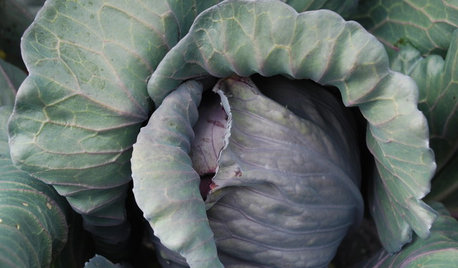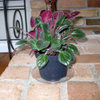My Episcias are turning red under artificial light
wilsonwong
18 years ago
Featured Answer
Sort by:Oldest
Comments (15)
jon_d
18 years agolast modified: 9 years agowilsonwong
18 years agolast modified: 9 years agoRelated Professionals
Forest Acres Landscape Architects & Landscape Designers · Prairie Ridge Landscape Architects & Landscape Designers · Waunakee Landscape Architects & Landscape Designers · Springfield Landscape Contractors · Caldwell Landscape Contractors · Hoover Landscape Contractors · Mequon Landscape Contractors · Middle River Landscape Contractors · Olympia Landscape Contractors · Rockwall Landscape Contractors · York Landscape Contractors · Silver Firs Landscape Contractors · Elizabeth Siding & Exteriors · Fort Worth Siding & Exteriors · Rahway Siding & Exteriorsjon_d
18 years agolast modified: 9 years agowilsonwong
18 years agolast modified: 9 years agojon_d
18 years agolast modified: 9 years agowilsonwong
18 years agolast modified: 9 years agojon_d
18 years agolast modified: 9 years agowilsonwong
18 years agolast modified: 9 years agoHeng Dawson
3 years agoHeng Dawson
3 years agoHeng Dawson
3 years agoHeng Dawson
3 years agoHeng Dawson
3 years agoirina_co
3 years ago
Related Stories

LIFESlow Living 101: Tips for Turning Off the Chaos
It may feel as though you're too busy to slow down and enjoy life. But even little changes can have a big effect
Full Story
LIGHTINGGet Turned On to a Lighting Plan
Coordinate your layers of lighting to help each one of your rooms look its best and work well for you
Full Story
HOME TECHHouzz Tour: A Gin Distillery Turned Bachelor Pad
A renovation converts a dated North London apartment into a sleek, contemporary home for work, rest and play
Full Story
REMODELING GUIDESHouzz Tour: Turning a ’50s Ranch Into a Craftsman Bungalow
With a new second story and remodeled rooms, this Maryland home has plenty of space for family and friends
Full Story
DIY PROJECTSTurn a Shipping Pallet Into a Stylish Ottoman
Get the step-by-step instructions for upholstering your own mod living room centerpiece
Full Story
HOUZZ TOURSMy Houzz: Turning a Netherlands Barn Into a Country Home
Once a place for chilling milk, this Dutch home now lets the owners chill out in easygoing comfort
Full Story
STORAGEStorage Surprise: Turn Colorful Tool Cabinets Into Fun Furniture
Reimagine your handy chests as nightstands, bar carts and kitchen storage for a bright interior alternative
Full Story
HOUZZ TOURSMy Houzz: A Circle of Friends Turns a Dallas House Into a Home
Homeowners enlist help from friends to remodel, build an addition and decorate their home
Full Story
MORE ROOMSDIY: Turn Your Carport Into an Outdoor Dining Room
Paint the Floor and Set the Table for Your Own Parking-Space Party Zone
Full Story
REGIONAL GARDEN GUIDESWelcome the Turning Season: Advice for Your September Garden
Roll with the cooler weather by planting away. Our gardening guides tell you what plant picks are best for each U.S. region
Full StorySponsored
Zanesville's Most Skilled & Knowledgeable Home Improvement Specialists
More Discussions






irina_co